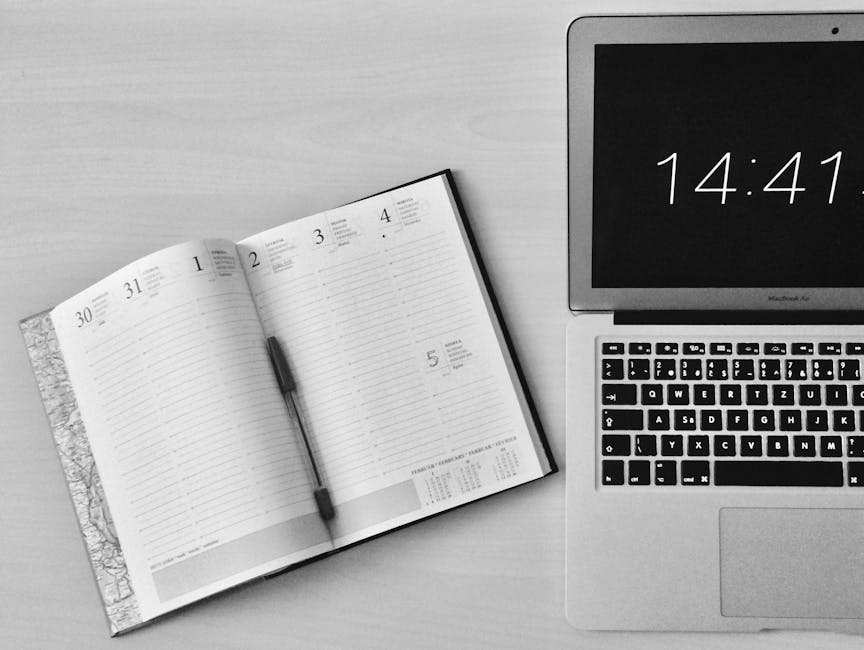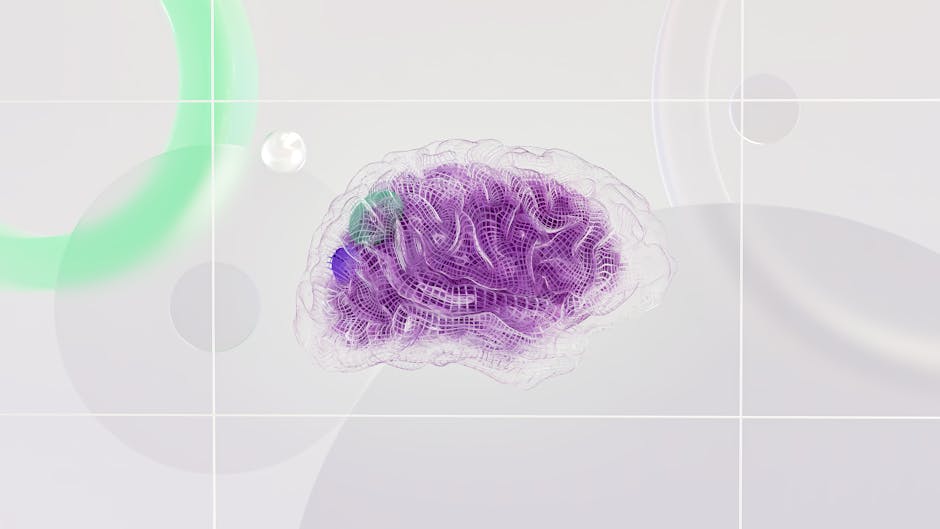Data Visualisation Techniques for Better Insights
You’re about to get your hands dirty with data visualisation techniques that’ll transform your insights. First off, choose the right chart type – bar charts for categorical data, line charts for numerical. Don’t even think about 3D effects or neon colours, they’re visual nightmares. Your colour palette should resonate with your audience and reflect your brand’s personality. Now, get ready to visualise data over time, uncovering trends and anomalies. And, let’s not forget geospatial mapping and interactive visuals – the ultimate storytelling combo. Want to master the art of data storytelling? Keep going, and get ready to uncover the secrets of data visualisation.
Key Takeaways
• Understand data complexity to choose the right chart type, as categorical, numerical, or ordinal data demands specific visualisation techniques.• Select colours that resonate with the target audience and reflect the brand’s personality and values to create an effective data visualisation.• Use interactive visuals to engage the audience, making them feel like they’re driving the narrative, and create an immersive experience.• Implement time-series analysis and forecasting to uncover patterns, predict future outcomes, and make informed decisions.• Ensure visual honesty by avoiding misleading visualisations, cherry-picking data, and tweaking the axis to maintain credibility and integrity.
Choosing the Right Chart Type

You’ve got a dataset that’s begging to be visualised, but before you start plotting, you need to pick the right chart type – and with over 20 options to choose from, it’s no wonder you’re already feeling overwhelmed.
The key to choosing the perfect chart is understanding your data’s complexity. Are you dealing with categorical, numerical, or ordinal data? Each type demands a specific chart type. For instance, bar charts are perfect for categorical data, while line charts are better suited for numerical data.
But it’s not just about the data; it’s also about the psychology behind the chart. You want to create a visual that tells a story, not one that confuses or misleads. That’s where chart psychology comes in.
Consider the message you want to convey and the emotions you want to evoke. Do you want to show a trend, comparison, or distribution? Different chart types evoke different emotional responses, so choose wisely. For example, a scatter plot can create a sense of chaos, while a simple line chart can convey a sense of simplicity.
Effective Use of Colour Schemes

Now that you’ve nailed down the perfect chart type, it’s time to add some visual oomph with a colour scheme that doesn’t make your audience’s eyes water. Think of colours as the icing on the data visualisation cake – they can make or break the overall aesthetic.
But, let’s get real, choosing colours can be overwhelming, especially when you’re not a design expert. Fear not, dear data enthusiast! With a few simple tricks, you can create a colour scheme that’s both visually appealing and effective in conveying your message.
First, consider the psychology behind colours. Did you know that red can evoke feelings of excitement and energy, while blue can convey trust and stability? Understanding these emotional connexions can help you choose colours that resonate with your audience.
Next, think about your brand identity – are you a fun and quirky start-up or a professional services firm? Your colour scheme should reflect your brand’s personality and values.
To avoid a visual mess, limit your palette to 3-5 core colours and their variations. And, please, avoid 3D effects and neon colours – they’re a recipe for visual disaster.
Visualising Data Over Time

You’re about to get cosy with your data’s timeline, and things are about to get real.
You’ll need to spot those sneaky trends, detect seasonal patterns that’ll make or break your forecasts, and identify anomalies that’ll make you wonder what on earth happened that day.
Buckle up, because it’s time to get your hands dirty with trend analysis essentials, seasonal pattern detection, and anomaly identification methods!
Trend Analysis Essentials
When it comes to uncovering patterns and predicting future outcomes, visualising data over time is your superpower, allowing you to spot trends, identify seasonality, and detect anomalies that might otherwise remain hidden in a sea of numbers.
Think of trend analysis as your crystal ball, giving you a glimpse into what’s to come. By examining how your data changes over time, you can identify patterns, make informed decisions, and even forecast what’s next.
Trend forecasting is a vital part of this process, as it helps you anticipate what’s around the corner. But, to do it right, you need to get granular with your data. What does that mean? It means looking at your data at different levels of detail, from the big picture down to the nitty-gritty.
Seasonal Pattern Detection
As you zoom in on your data’s timeline, you’ll start to notice that some patterns repeat like clockwork, and that’s where seasonal pattern detection comes in – to help you identify and make sense of these regular fluctuations.
It’s like spotting a familiar rhythm in your data’s heartbeat. You might be thinking, ‘Hey, my sales always spike in December – what’s up with that?’ Well, that’s not just the holiday spirit; it’s a seasonal pattern, baby!
Seasonal pattern detection is all about identifying these cyclical fluctuations in your data.
Think of it as finding the underlying rhythm that drives your numbers up and down. By recognising these patterns, you can make informed decisions about seasonal forecasting.
Want to know how to prep for those holiday sales? Analyse the seasonal patterns, and you’ll be ready to rock around the Christmas tree.
Anomaly Identification Methods
Spotting anomalies in your data is like finding a misbehaving kid in a crowd of well-behaved ones – it’s all about identifying that one data point that’s desperately trying to ruin the party. You can’t just ignore it, hoping it’ll magically fix itself (it won’t).
Instead, you need to get proactive and implement some anomaly identification methods to spot those pesky outliers.
Outlier clustering is one way to do it.
This method groups similar data points together, making it easier to identify the odd ones out. Think of it like a data party – the clusters are the cliques, and the anomalies are the wallflowers that don’t fit in.
Anomaly scoring takes it a step further by assigning a score to each data point based on how likely it’s to be an anomaly.
The higher the score, the more likely it’s trying to crash the party.
Geospatial Data Visualisation Tools

You’re about to venture into the world of geospatial data visualisation tools, where mapping wizards weave magic with location-based data, and the resulting visualisations are so stunning, they’ll make you wonder how you ever lived without them.
Geospatial mapping is all about uncovering insights from location-based data, and these tools are the perfect companions for your journey. You’ll be able to visualise patterns, trends, and correlations that would’ve remained hidden in a sea of numbers. Location intelligence, anyone?
| Tool | Description |
|---|---|
| ArcGIS | An all-encompassing platform for geospatial analysis and mapping |
| Tableau | A data visualisation giant with robust geospatial capabilities |
| Mapbox | A platform for custom, interactive maps and location-based data visualisation |
| QGIS | A free and open-source alternative for geospatial analysis and mapping |
With these tools, you’ll be able to create stunning visualisations that’ll make your stakeholders swoon. From identifying trends in customer behaviour to optimising logistics and supply chain management, the possibilities are endless. So, buckle up and get ready to harness the power of geospatial data visualisation!
Interactive and Dynamic Visuals

Every interactive and dynamic visualisation you create is an opportunity to engage your audience, to make them feel like they’re driving the narrative, and to unearth insights that would’ve remained buried beneath a sea of static charts and graphs.
It’s like taking your audience on a virtual tour, where they get to explore, discover, and interact with your data in real-time. You’re not just presenting information; you’re creating an immersive experience that makes them feel like they’re part of the story.
Real-time dashboards are a great way to achieve this. Imagine having a dashboard that updates in real-time, reflecting the latest trends, changes, and insights. It’s like having a finger on the pulse of your data, and being able to respond to changes as they happen.
Your audience can see the impact of their decisions, and make adjustments on the fly. It’s a game-changer for anyone looking to make data-driven decisions.
But interactive and dynamic visuals aren’t just about flashy graphics or fancy animations. They’re about creating an experience that’s intuitive, engaging, and informative. You want your audience to be able to explore, analyse, and gain insights from your data without getting bogged down in complexity.
Data Storytelling Best Practises

By the time you’re done crafting your data story, it should be so tight it’s practically bullet-proof – after all, you’re not just presenting data, you’re selling a narrative that’ll sway minds and drive action.
You’re not just a data analyst, you’re a storyteller, and your audience is waiting for a compelling tale that resonates with them.
To weave a narrative that sticks, you need to put yourself in your audience’s shoes.
Practise audience empathy; understand their pain points, concerns, and motivations.
What keeps them up at nite? What gets them excited?
When you tailor your story to their needs, you’ll create a connexion that’s hard to ignore.
But, let’s not forget about data ethics.
It’s easy to get carried away with a good narrative, but it’s essential to stay honest and transparent.
Don’t manipulate the data to fit your agenda; instead, let the data guide your story.
Avoiding Misleading Visualisations

Misleading visualisations are the data storyteller’s kryptonite, waiting to sabotage your narrative and destroy your credibility.
You pour your heart and soul into crafting a compelling story, only to undermine it with a misleading graph or chart. Don’t be that person.
You might think you’re being clever by tweaking the axis or cherry-picking data, but trust us, your audience will see right through it.
And when they do, your credibility goes out the window. Visual honesty is key to maintaining data integrity.
So, how do you avoid falling into the misleading visualisation trap?
First, take a step back and ask yourself what story you’re trying to tell.
What’s the main takeaway you want your audience to walk away with?
Once you have a clear idea of your narrative, choose a visualisation that accurately supports it.
Don’t force the data to fit your agenda; let it speak for itself.
Conclusion
You’ve made it through the data visualisation gauntlet!
Now, go forth and create charts that don’t make people’s eyes glaze over.
Because, let’s be real, who doesn’t luv a good visualisation that makes complex data seem, well, less complex?
Just remember, with great power comes great responsibility – don’t let your newfound skills mislead or deceive.
The data world is counting on you to keep it real (and visually appealing).
Contact us to discuss our services now!

